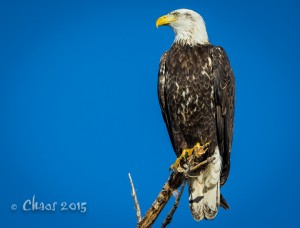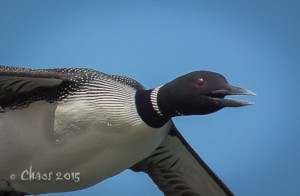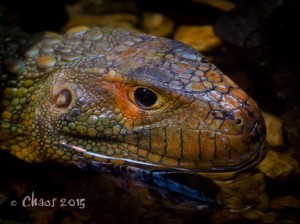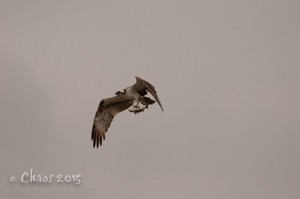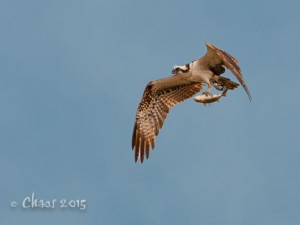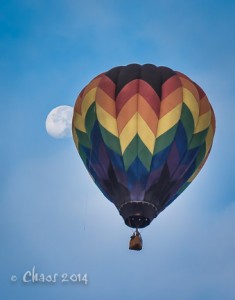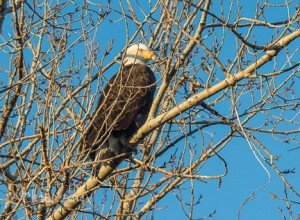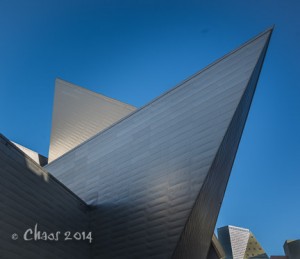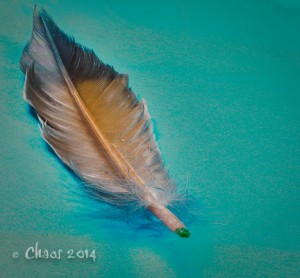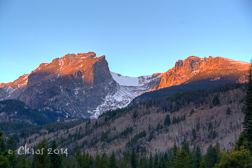Images from the Id – So I Have Been Gone for a While
How about some ranting? Sorry but I have always been a sceptic but as I get older I am becoming more and more cynical. As a liberal youth, I had a firm belief that the world would change and the future was bright. Now I know it’s bull shit! NOT liberalism but the possibility of a good future for the human race. Humans are not naturally good, as I used to think, but bad,bad bad. Please forgive me for generalizing those of you who are good and caring but there seems to be less and less. Luckily, I have millions of examples to work from. Let’s start with football.
Ball Pressure. Can you believe it! Just try to figure out two things. First, why is it so important? The only reason I see is big money and gambling. Second, why is there a problem? Duh, we learned years ago the fair thing to do was share the balls. It would be a non-issue if everyone used the same footballs. Am I stupid or?
I just love, love, love Super Bowls. Crap, I REALLY hate them. I guess my general dislike of the 1% who own the world spills over into the advertising campaign called the Super Bowl. Much of population watches the game but most watch because of the commercials. Do they really make you buy the product or is it entertainment? I can’t believe that much money is spent on something that causes the herd to buy, buy, buy. Is Bud really that good? I know of at least 100 breweries that make better beer and produce for flavor not sales but everyone loves horses. Present day football is designed for the gambler and the ad agency. It has nothing to do with sports competition or good values. I can remember when the touch game in the front of the vacant lot was more important than Florida verses Alabama. The problem started when sports became spectator instead of participation. Even in high school less students are participating and in those schools without the hype, less are spectating. I see about 15 high school football games a year and typical crowd is just several hundred. These kids play for all the good reasons. OK, sometimes the Super Bowl is a good game even when you’re rooting against both teams.
Something from this morning
Image #1 – “ Bald Eagle” I some places this is considered a pest but for me it is still a great shot.I have hundreds of Bald Eagle shots. They are very common here in the winter. Some of them are migrants from the north and just spend the winter. This morning was beautiful. The light is early so I was one site by 7:15. I have a pattern I follow at the lake, usually counter clockwise, to the dam then to the picnic tables on the edge. Today, I saw several at long distance and they were just sitting, so I spent some time talking to other photographers. I have a short attention span so that helps. Some decent results. I changed plans and revisited the dam but this time went to the picnic area near the swim beach. A great choice, two eagles doing good things. Keep the shutter speed up, 1/1000 sec or faster. Try to use an aperture above f/7. Lenses are better not wide open. Adjust ISO to work with the rest to the exposure triangle, the relationship between the aperture, shutter and ISO to get a good exposure. Watch the light and the shadows. Shadows hurt bird shots. Try to keep the tree branches out of the frame. Result 110 good eagle shots and about 30 spectacular shots. Shot with the Nikon D7100. 1/5000 sec, f/6.3 good choice for this lens, 0 EV, ISO 400 (great light), The Nikor 80 mm – 400 mm lens at 400 mm, 600 mm with the crop factor of the camera . Minor processing in Lightroom.
Image #2 – “Majestic” The same Bald Eagle. This is a 4th year immature, it will lose its white body feathers and back head feathers, possibly in the next molt. Shot with the Nikon D7100. 1/2000 sec, f/6.3 good choice for this lens, 0 EV, ISO 400 (great light), The Nikor 80 mm – 400 mm lens at 400 mm, 600 mm with the crop factor of the camera . Minor processing in Lightroom





